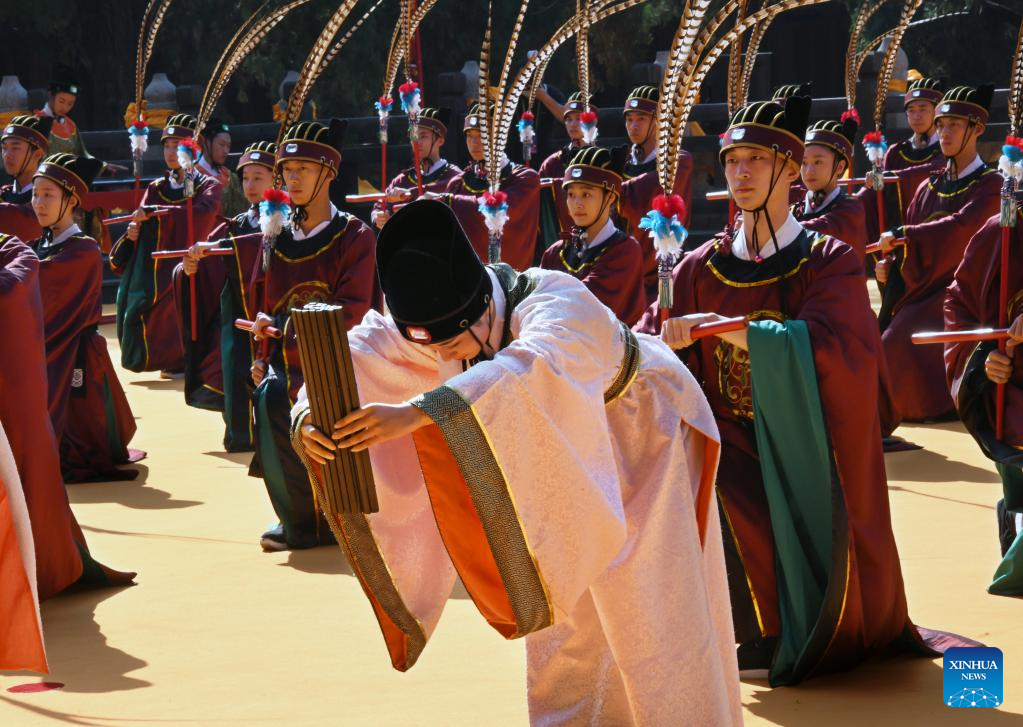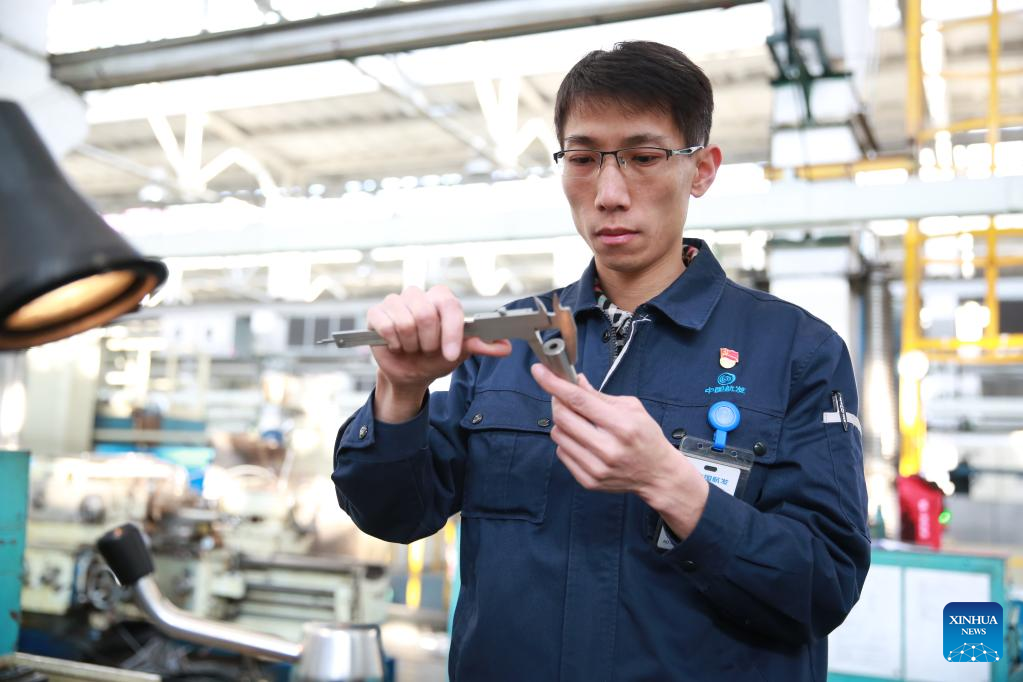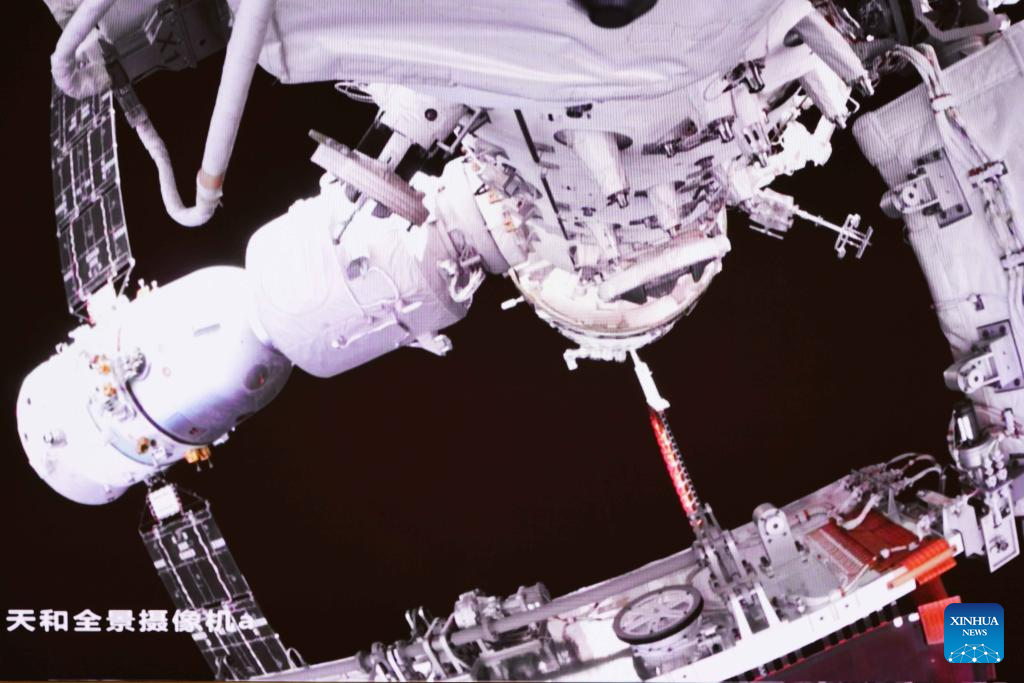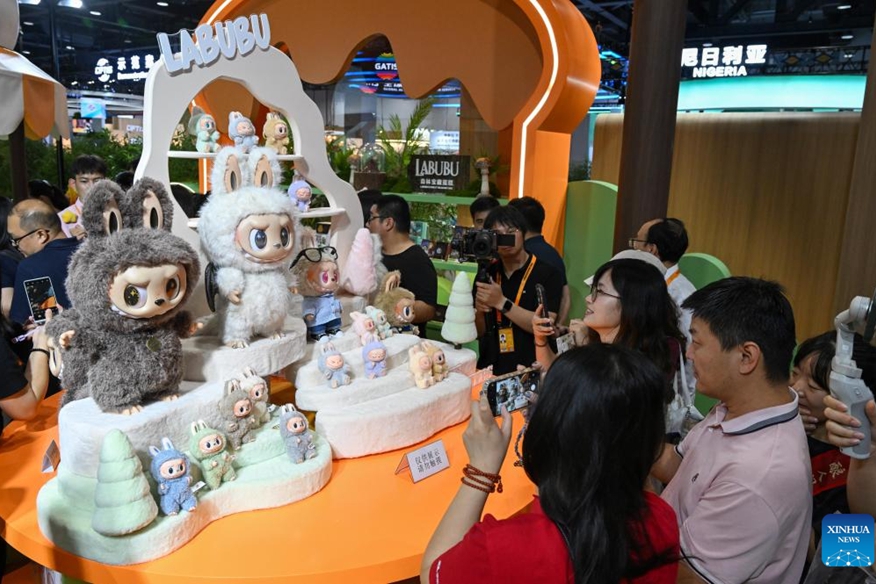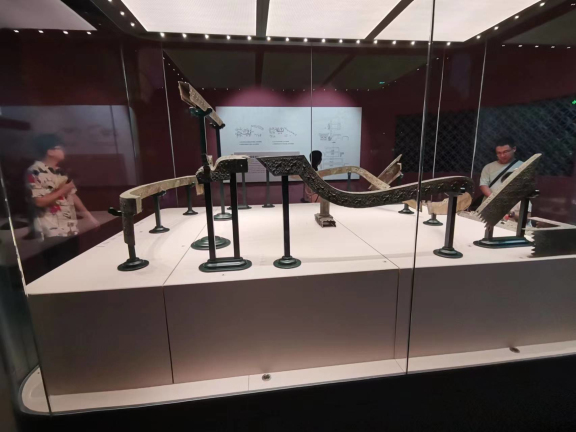
(Photo provided to Xinhua Daily)
Organized by the Jiangsu Provincial Cultural Heritage Administration, an exhibition on ancient Chinese bronze wares opened recently in Huai'an Museum, showing 88 pieces of relics, including drinking vessels, weapons, and household utensils.
The art and techniques of China's bronze wares reached the peak during the Xia, Shang and Zhou periods (around 2070 BC-256 BC), and also played an important role in politics and society.
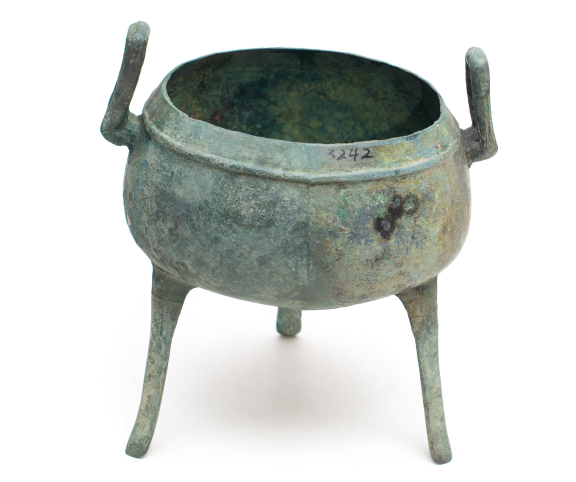
Among the bronze wares, "ding" is an ancient Chinese vessel mainly used for rituals and banquets, akin to the modern-day cauldron.
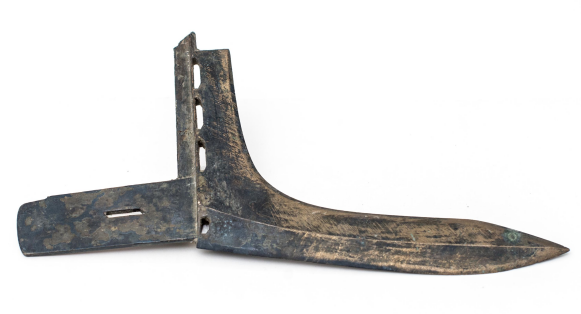
Bronze weapons were produced in large quantities in ancient China. The exhibition also features an elaborately crafted dagger-axe, which is called "ge" in Chinese.

Bronze pots were used to hold wine or water in ancient China.
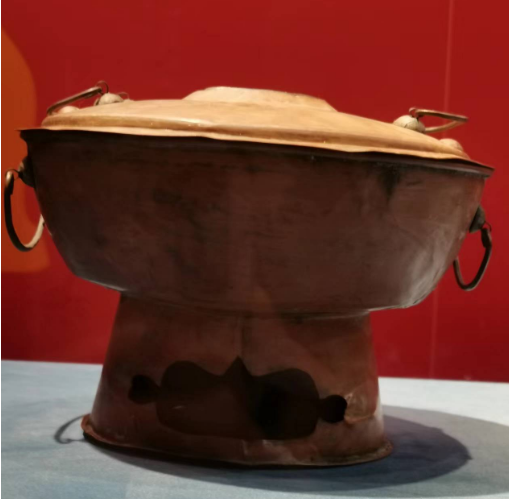
In the Qing Dynasty (1644-1911), hotpot became popular as emperors were said to be fond of the dish. Notably, Emperor Qianlong once hosted a feast featuring 1,550 hotpots and more than 5,000 guests, making it the largest hotpot banquet in history.

The exhibition also includes a Luduan-shaped incense burner. A legendary auspicious creature, Luduan resembles the mythical qilin with a single horn on its head. The legend said it can travel 9000 km in a single day and speaks several languages, symbolizing enlightened rule. Luduan-shaped incense burner was also popular in the Ming (1368-1644) and Qing dynasties as a kind of desk ornament for literati.




